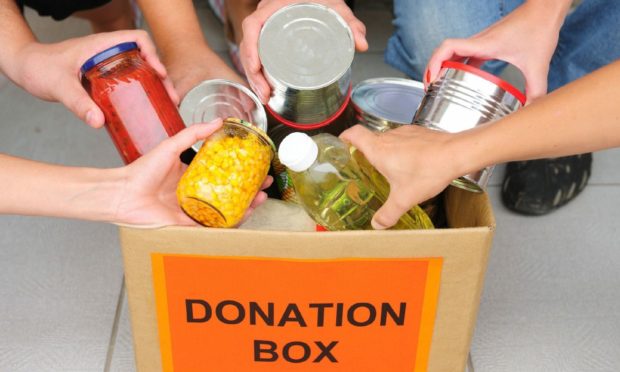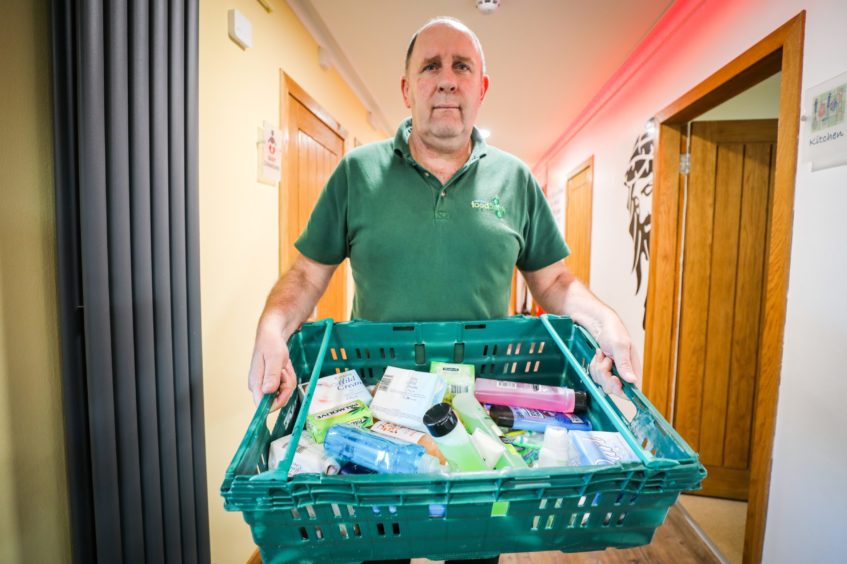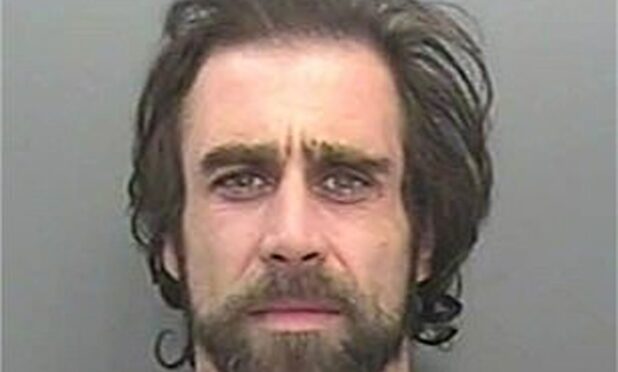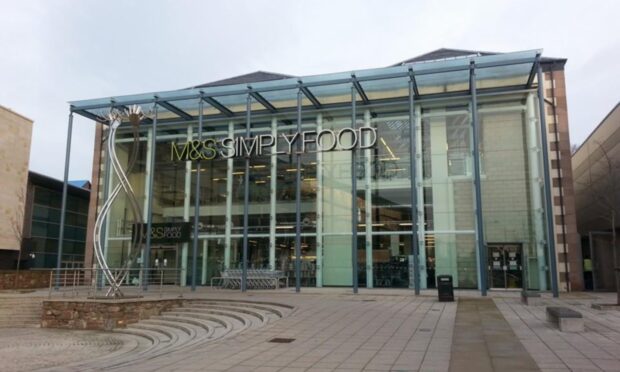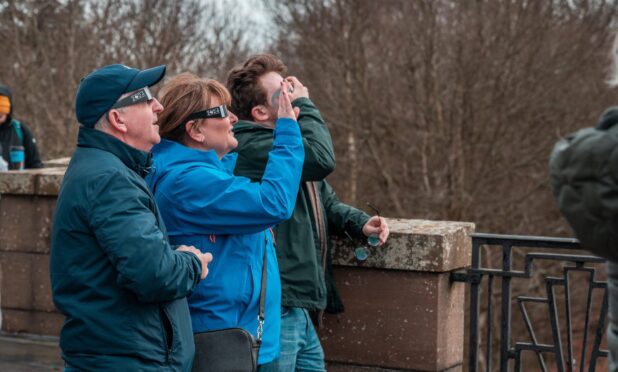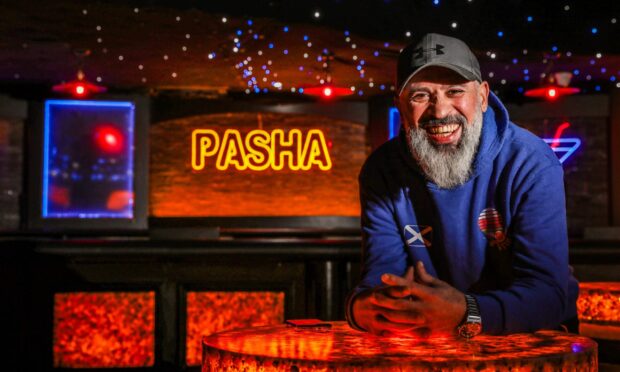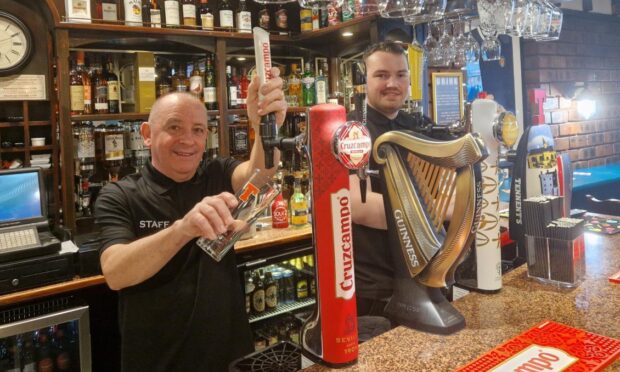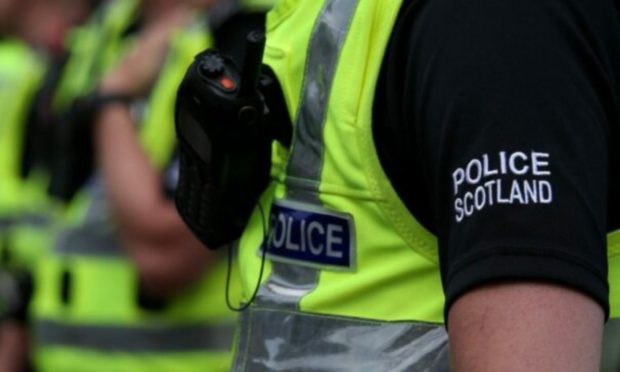The number of people going hungry and struggling to access food in Dundee continues to rank among the highest in Scotland, new research suggests.
The results of a new UK-wide survey show an estimated 5% of adults in Scotland’s fourth-biggest city experience food poverty.
The research looks into the percentage of adults who say they are hungry but are unable to eat food because they cannot afford it, or are unable to access food.
Fears over government top-ups
Ken Linton, manager of Dundee Foodbank, says there are a huge number of projects helping meet demand just now in the city.
But he warns there could be mass redundancies and an even greater spike in referrals if welfare is cut and the furlough scheme ends.
He said: “There are so many food provision outlets helping people in response to Covid but we don’t know how many will be long-term.
“If the UK Government ends the £20-a-week Covid top-up to Universal Credit soon and the furlough scheme comes to an end, you would fear the worst.
“Those are both ifs but we are prepared. We have lots of stock and we’re still receiving fantastic donations from the local community.”
The study, from the Food Foundation and the University of Sheffield, received responses from 4,231 people across the UK in December 2020.
It means it contains a very small sample of people from each area – but it still reveals stark differences.
Dundee’s rate is considered high at 5.17%, though not as extreme as areas on Scotland’s west coast such as Inverclyde and West Dunbartonshire.
In Edinburgh and Aberdeenshire, meanwhile, the figure is just 2%.
Dundee City Council says it is working hard to tackle hunger alongside charities.
Three million meals provided in Dundee
A spokesperson said: “The city council and its partners are acutely aware of the level of food poverty in the city and are taking practical action to help vulnerable people and families.
“Earlier this year it was confirmed that over three million meals have been provided across Dundee as part of the ongoing efforts to support communities during the pandemic.
“This is a result of the collaborative work between the city council, third sector emergency food providers in the Food Insecurity Network, Alexander Community Development, the Scottish Government and other third sector partners.
“Partners are working hard every day to support people struggling with food poverty and other challenges and that can be seen in a range of active ongoing initiatives across the city.”
In some places it is at proportions that are especially shocking, particularly as we are a wealthy country.
Dundee has some of the most deprived areas in Scotland – with the Linlathen and Midcraigie areas the ninth worst in the country – according to the Scottish Index of Multiple Deprivation (SIMD).
Fife is also badly hit by poverty, with the Buckhaven, Denbeath, and Muiredge area the fifth most deprived in Scotland.
The specific food poverty rate in areas within each authority are not identified in the survey.
But for the first time researchers have been able to identify food insecurity at local authority scale across three categories, from those experiencing hunger, to those just one emergency away from going without food.
Greatest variations in England
Almost half of local areas in Northern Ireland and in Yorkshire and the Humber have very high percentages of people who are hungry.
In each of the four nations, levels of food insecurity vary, but England has the greatest variation between the areas of best and worst food security.
Dr Megan Blake from the University of Sheffield Institute for Sustainable Food, says the study “makes visible” the patterns of food insecurity across the UK for the first time.
She said: “While no one should have to go hungry, struggle to get or worry about having enough food, in some places it is at proportions that are especially shocking, particularly as we are a wealthy country.
“If we are going to recover from Covid-19 we must address this problem.”
‘Alarmingly high’ numbers of people plan for no food
Researchers say the data shows how not everyone living with food insecurity experience hunger on the same level.
This, they say, reveals there is an alarmingly large number of people who also actively plan to go without food to make ends meet, or worry about doing so.
The burden of these forms of food insecurity also immediately threatens people’s health and wellbeing.
For these people, unexpected costs such as a car repair, boiler issue, or unexpected illness, could be the tipping point, causing them to eat less or skip meals altogether to keep up with bills.
Many people in this situation turn to cheaper and long-lasting foods which are more filling compared to healthier choices.
These types of products are commonly linked to higher rates of illness and obesity.
Researchers have published a full map of the UK’s rates online.
The issue of food poverty was thrust into national focus when English footballer Marcus Rashford, who plays for Manchester United, spoke of his struggles growing up.
He campaigned for an extension of free school meals to children from low-income families during school holidays in England.
The UK government initially resisted the idea but eventually made a U-turn under public pressure.
